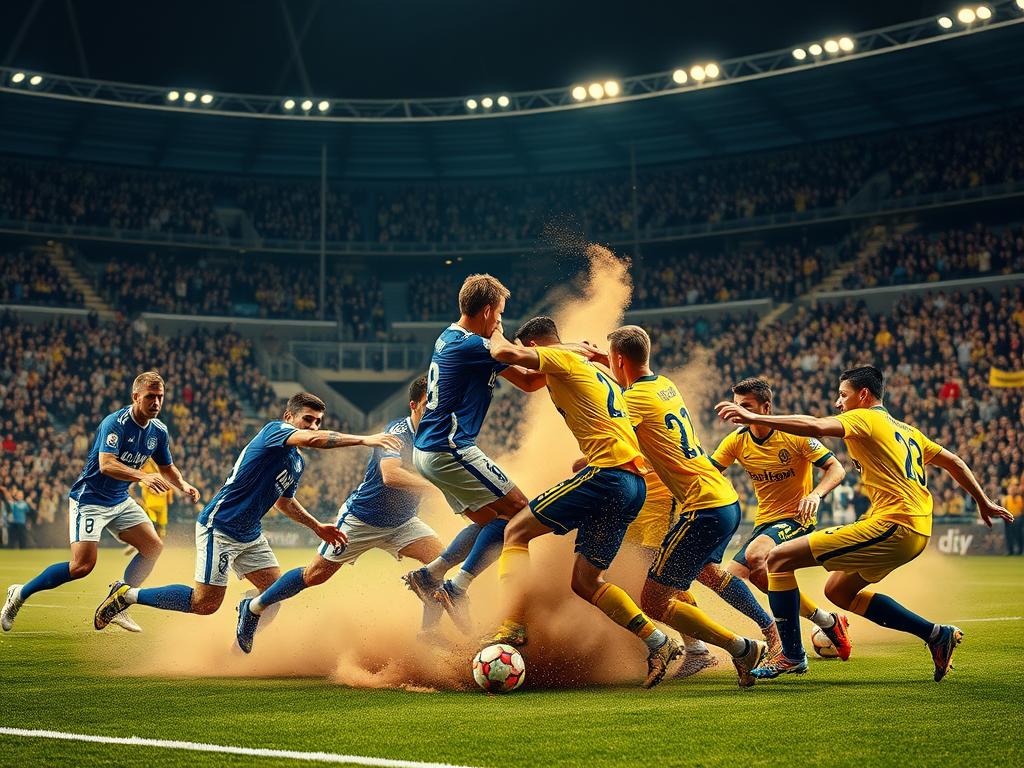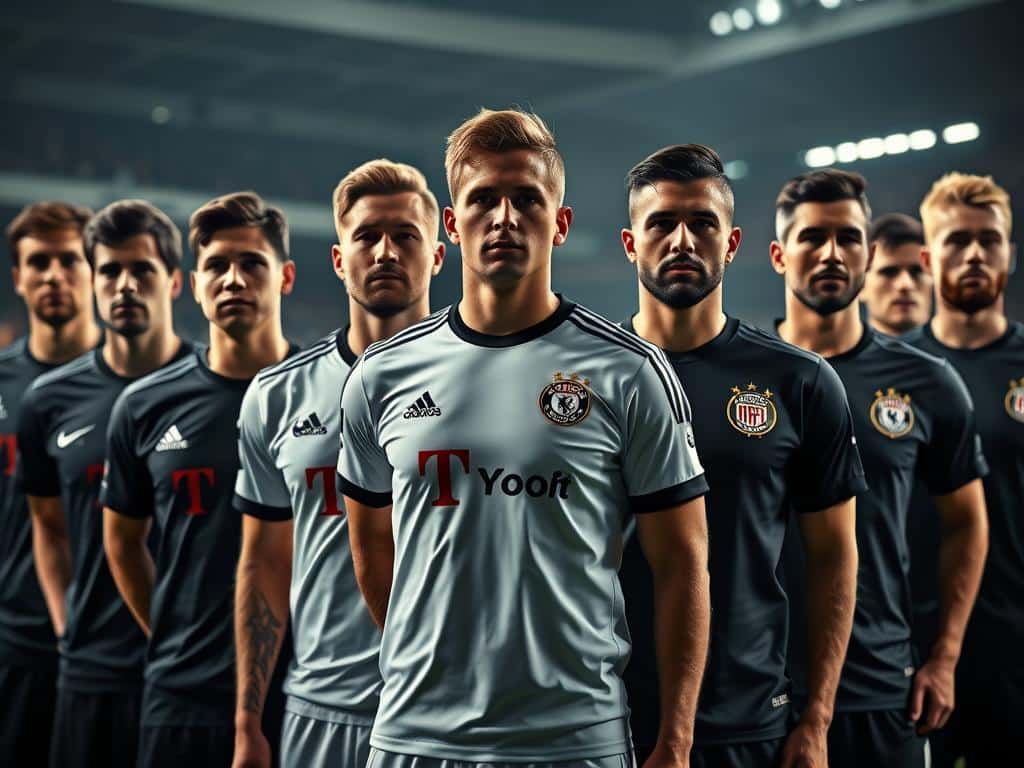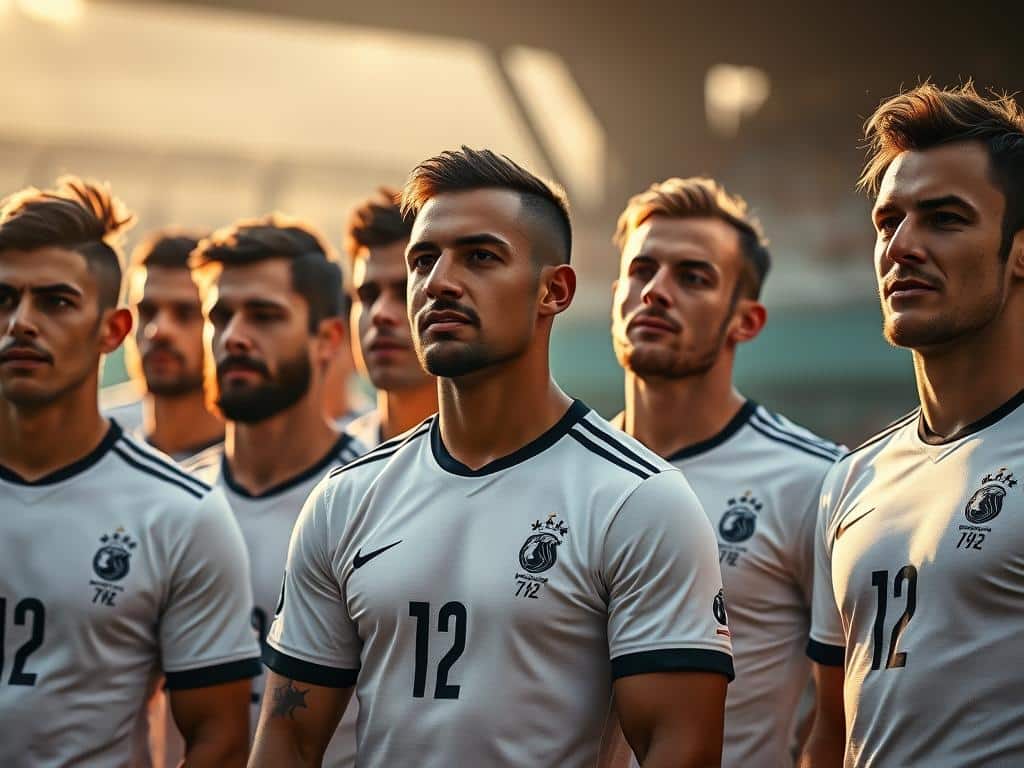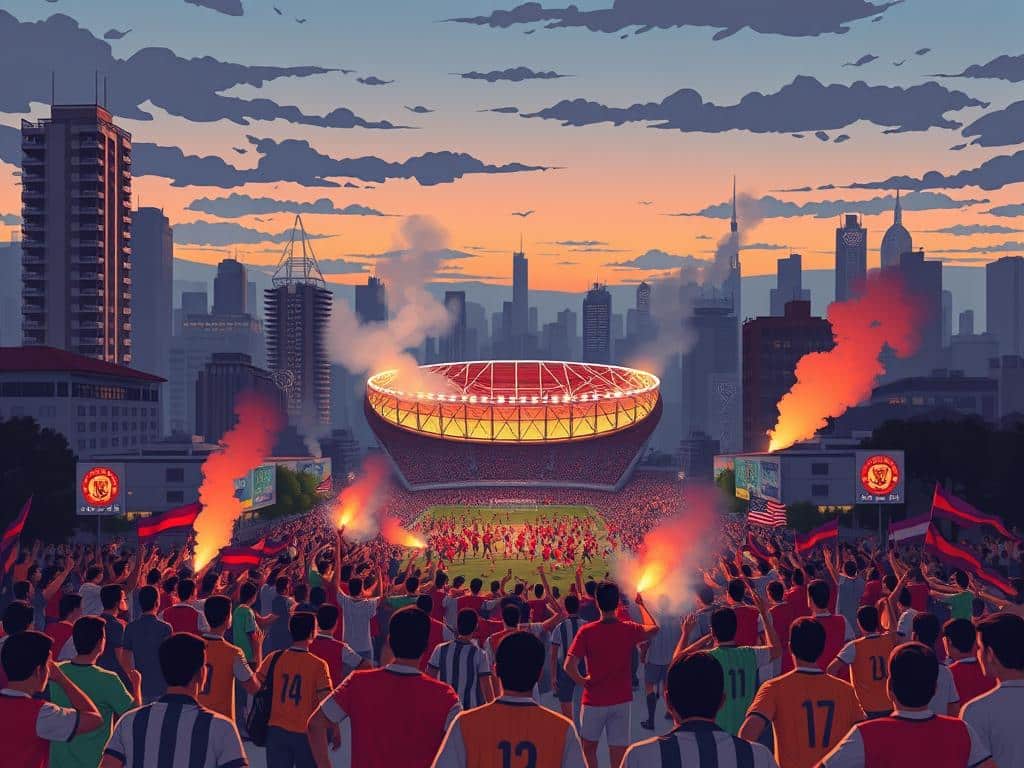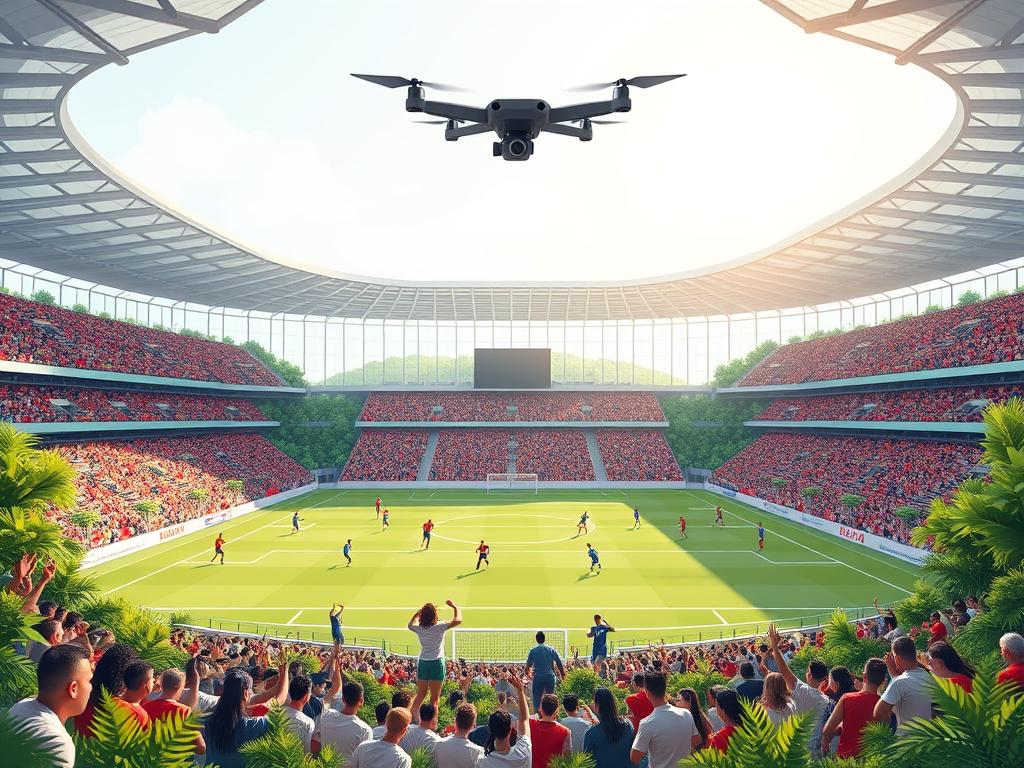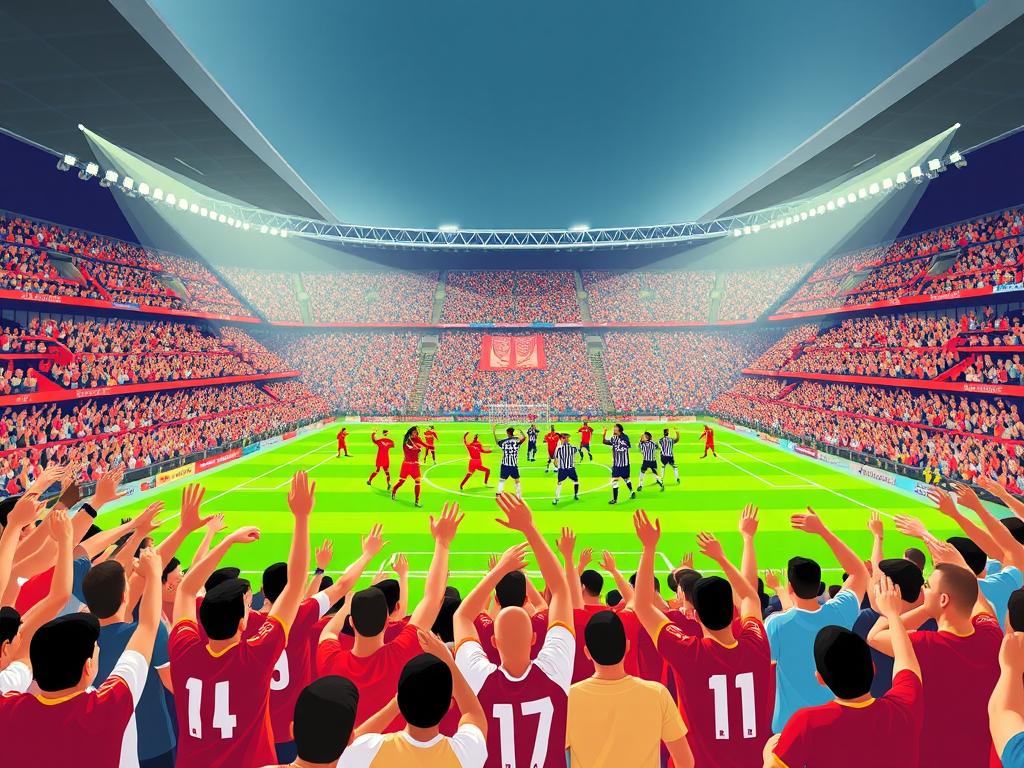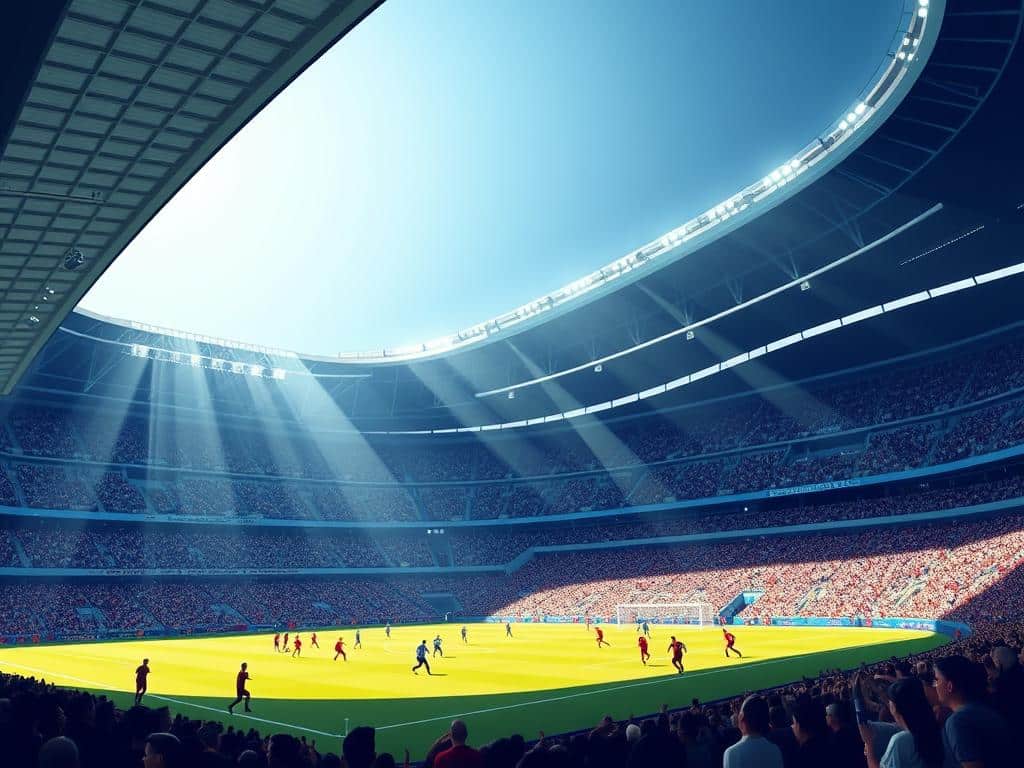Few football matches ignite passion like the Revierderby. This legendary clash between two German clubs is more than just a game—it’s a battle of pride, history, and regional identity. Born from the Ruhr Valley’s industrial roots, the rivalry transcends sport, uniting and dividing fans in equal measure.
With stadiums just 20 miles apart, the atmosphere is electric. Players like Marco Reus have called it a must-win fixture, proving its significance. From coal mines to championship dreams, this derby tells a story of grit, glory, and unforgettable moments.
Ready to dive into one of football’s fiercest rivalries? Let’s explore its history, iconic matches, and the culture that makes it legendary.
Schalke vs. Dortmund Rivalry Explained: Origins and Roots
Industrial pride and football passion collided to create Germany’s most intense rivalry. Born in 1925, the divide between these clubs mirrored the Ruhr Valley’s coal mines and steel mills. Workers carried their regional pride onto the pitch, turning matches into battles for bragging rights.
From Coal and Steel to Football Passion
The Royal Blues (Schalke) drew their name from miners’ uniforms, while Dortmund’s Black and Yellows reflected steelworks’ colors. Schalke ruled German football in the 1930s-40s with 7 titles. Dortmund answered in the 1950s-60s, even winning the 1966 European Cup.
Post-WWII, factories faded, but football grew. The derby became a way to cling to identity. Fans traded coal picks for scarves, and stadiums replaced smokestacks as community landmarks.
The Ruhr Region’s Industrial Identity
This region’s grit shaped the clubs’ spirit. The 1974 World Cup highlighted the divide: Dortmund’s Südkurve and Schalke’s Nordkurve became symbols of loyalty. Even today, the derby isn’t just about goals—it’s about whose streets you call home.
- Nicknames: Tied to industry (Royal Blues = coal, Black and Yellows = steel).
- Distance: Just 20 miles apart, making clashes unavoidable.
- Legacy: A century of fights, flares, and unforgettable moments.
Iconic Clashes: Matches That Defined the Derby
When the whistle blows in this derby, legends are born and hearts are broken. These matches aren’t just about points—they’re about pride, history, and moments that fans replay for decades. Let’s relive the games that turned players into heroes and stands into chaos.
Schalke’s 10-0 Rout and the Long Shadow of 1940

In 1940, Schalke delivered a win so brutal it’s still debated today. A 10-0 demolition, fueled by Ernst Kuzorra’s brilliance, set a record that stands untouched. Dortmund’s revenge came decades later, but this game cemented Schalke’s early dominance.
The 4-4 Thriller: Chaos in the Second Half
April 2017 rewrote the derby script. Dortmund led 4-0 at half, thanks to Aubameyang’s four goals. Then, Schalke erupted. Naldo’s 94th-minute header capped a jaw-dropping comeback, proving no lead is safe in this rivalry.
Title Battles: 1991 Heartbreak and 2007 Payback
Some clashes decide title races. In 1991, Schalke’s 5-2 win shattered Dortmund’s dreams. Sixteen years later, Dortmund returned the favor, crushing Schalke’s hopes with a 2-0 victory. Even goalkeepers made history—Jens Lehmann’s 1997 header remains a Bundesliga first.
- 1940: Schalke’s record win—a psychological hammer blow.
- 2017: 8 goals, 1 comeback, endless drama.
- Title deciders: Where seasons were won and lost.
Legends of the Revierderby: Players Who Shaped the Rivalry
Legends aren’t just born on the pitch—they’re forged in the fiery clashes of the Revierderby. From bicycle kicks to last-minute winners, certain stars have elevated this feud into folklore. Let’s meet the icons who turned passion into legacy.
Schalke Heroes: Klaus Fischer and Raúl
Klaus Fischer’s 182 goals for Schalke included jaw-dropping bicycle kicks, cementing his 1970s dominance. His workhorse mentality mirrored the Ruhr’s grit—every goal a tribute to the club’s coal-mining roots.
Decades later, Raúl brought Madrid’s magic to Gelsenkirchen. His 2011 derby strike, cool as ice, propelled Schalke to the Champions League semifinals. The Bernabéu legend became a Nordkurne idol overnight.
Dortmund Icons: Lewandowski and Reus
Robert Lewandowski announced himself with a goal in his first Borussia Dortmund derby (2011). That strike sparked a 103-goal reign, including four in Revierderby battles. Pure precision, pure drama.
Marco Reus? The heartbeat of Dortmund. Eight derby goals, including a title-clinching stunner in 2012. His 89th-minute penalty in 2018? Nerve-shredding, unforgettable—just like the team he captains.
- Style clash: Schalke’s blue-collar grit vs. Dortmund’s attacking flair.
- Fun fact: Reus’ first professional goal came against Schalke’s reserves in 2008.
- Legacy: These players didn’t just play—they defined an era.
The Fans: Passion, Chants, and Unmatched Atmosphere
Derby day isn’t just about players—it’s about the fans who turn stadiums into battlegrounds. The Revierderby’s atmosphere is legendary, with 80,000 voices creating a wall of sound. From choreographed tifos to spine-tingling chants, this fixture is a 90-minute cultural spectacle.

Südkurve vs. Nordkurve: Stand Rivalry
Dortmund’s Südkurve holds 25,000 fans, a sea of black yellow scarves and unwavering loyalty. Across the pitch, Schalke’s Nordkurve answers with thunderous chants and coordinated flag waves. These stands aren’t just seating—they’re symbols of regional pride.
In 2017, the Nordkurve unveiled a tifo of coal miners, while the Südkurve responded with steelworkers. The visuals honored the Ruhr’s industrial roots, turning the stadium into a living museum.
Derby Day Traditions and Tifos
Fans elevate the game beyond sport. Pre-match rituals include:
- Chant wars: Schalke’s “Blau und Weiß” vs. Dortmund’s “You’ll Never Walk Alone.”
- Tifo artistry: 2017’s industrial-themed displays stretched across entire stands.
- Quirky moments: A police dog interrupted play in 1969, and Schalke once borrowed a live lion as a mascot!
The tension is palpable, but so is the camaraderie. For 90 minutes, the Ruhr pulses with shared history and unforgettable energy. Want more iconic football clashes? Explore our top rivalries guide.
Beyond the Pitch: Cultural and Social Impact
From pubs to playgrounds, the derby’s influence stretches far beyond the 90 minutes on the pitch. It’s a mirror of the Ruhr’s soul—where loyalty divides households but unites a region under one football-crazed banner.
How the Derby Unites (and Divides) the Ruhr
Bragging rights last longer than the match. Local breweries craft derby-themed beers, and schools adjust schedules so no one misses kickoff. At work, Monday meetings revolve around weekend results—win or lose, the chatter never stops.
Families split allegiances, yet share pride in their German football heritage. Even during economic crises, rival fans unite for food drives, proving the derby’s heart beats louder than its rivalry.
Media and Global Recognition
ESPN dubbed it “Europe’s most underrated rivalry,” and the world agrees. Over 400 journalists flock to each match, broadcasting to 200+ countries. The 2020 virtual derby drew 1.2 million viewers—a testament to its pull.
Pre-game documentaries spotlight the Ruhr’s rebirth through derby tourism. Viral moments, like Lehmann’s goalkeeper goal or Lewandowski’s debut, rack up millions of YouTube views. This isn’t just a league game—it’s a global spectacle.
- Local Impact: Pubs erupt, workplaces pause, and friendships are tested.
- Global Reach: From ESPN features to viral highlights, the derby transcends borders.
- Humanity First: Fans set aside colors to support food banks and community projects.
Why the Revierderby Still Captivates the Football World
Few football fixtures deliver raw emotion like this one. For nearly 100 years, the Revierderby has blended history, chaos, and pride into one unforgettable game. Unlike manufactured rivalries, its intensity comes naturally—rooted in the Ruhr’s identity.
Recent clubs battles prove its fire still burns. Schalke’s 2022 relegation heartbreak and Dortmund’s title near-misses add fresh drama. As Marco Reus said, “In derby games, form goes out the window.” Every match writes a new chapter.
Want to feel the energy? Catch the next Bundesliga broadcast or visit the Ruhr. This rivalry isn’t just about scores—it’s a cultural event that unites the world through passion.

